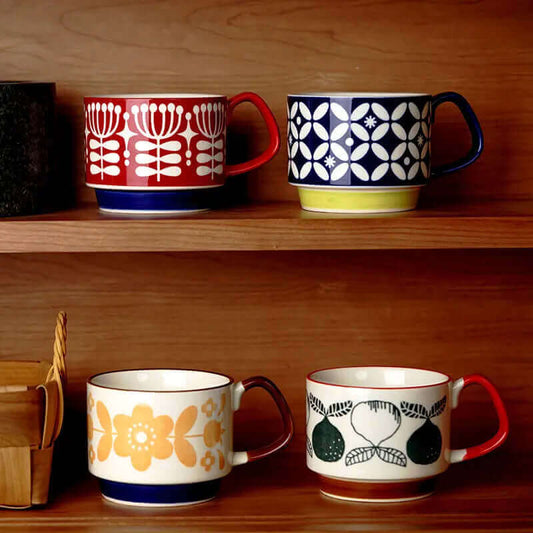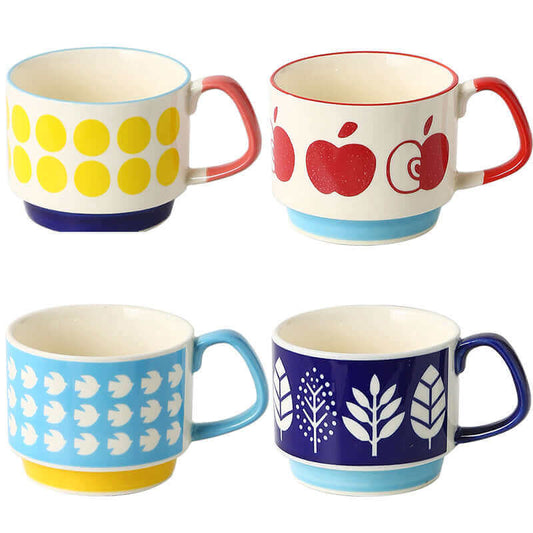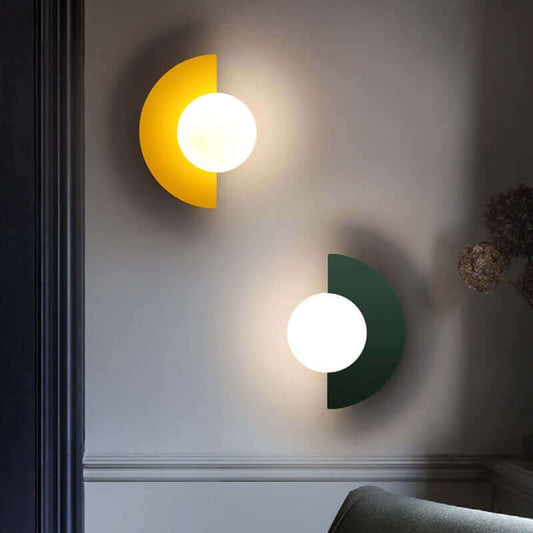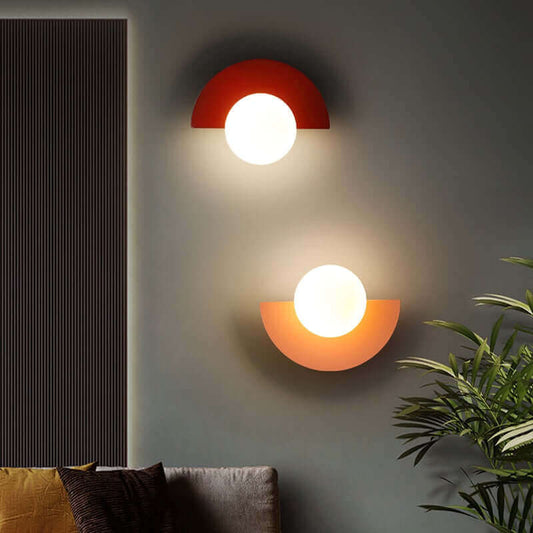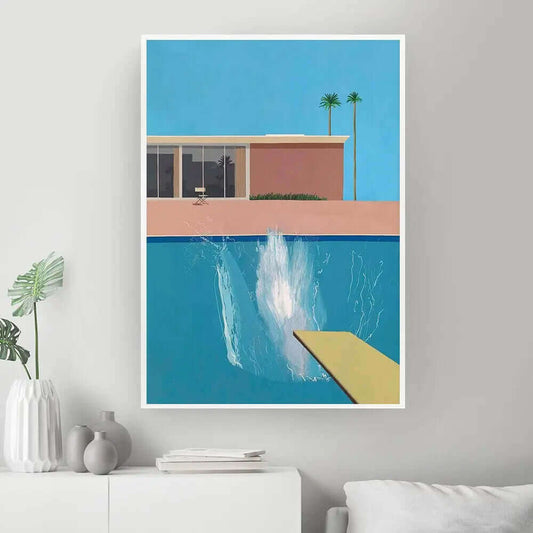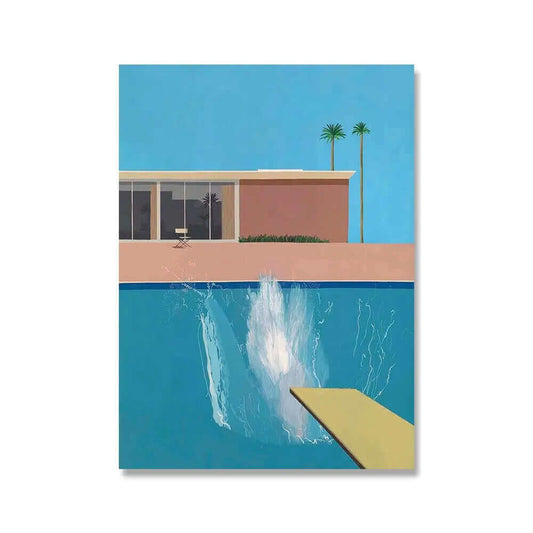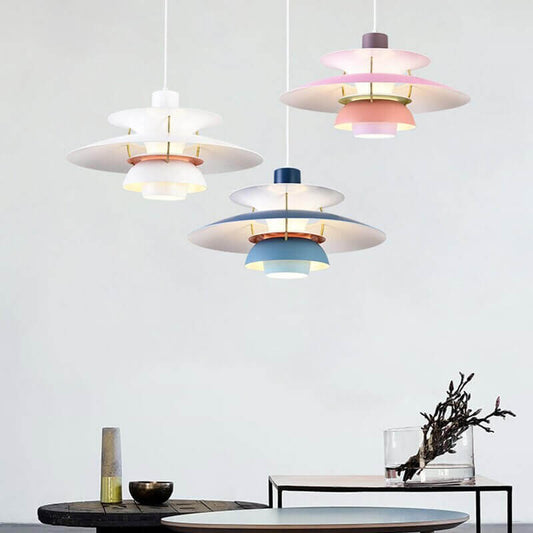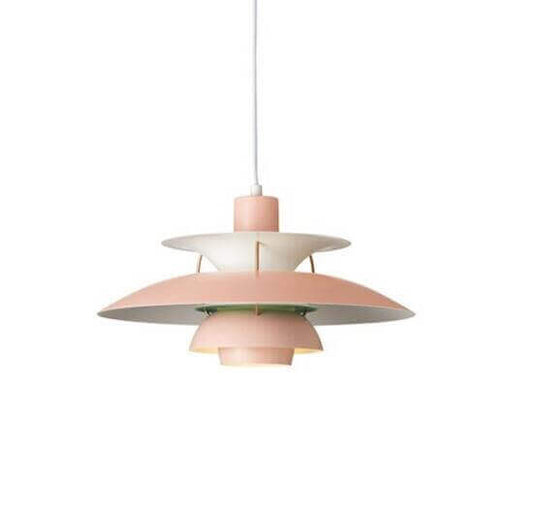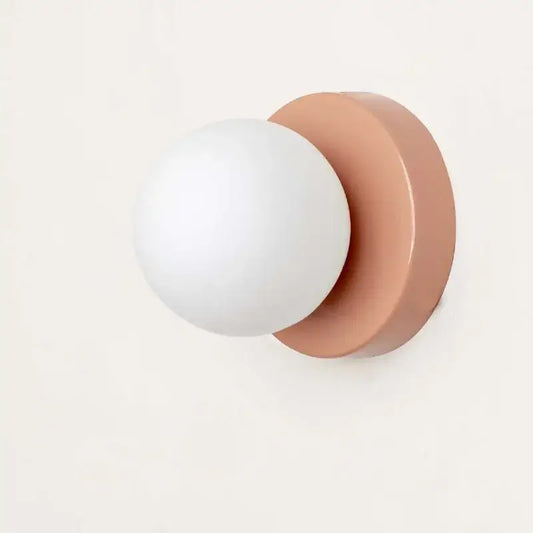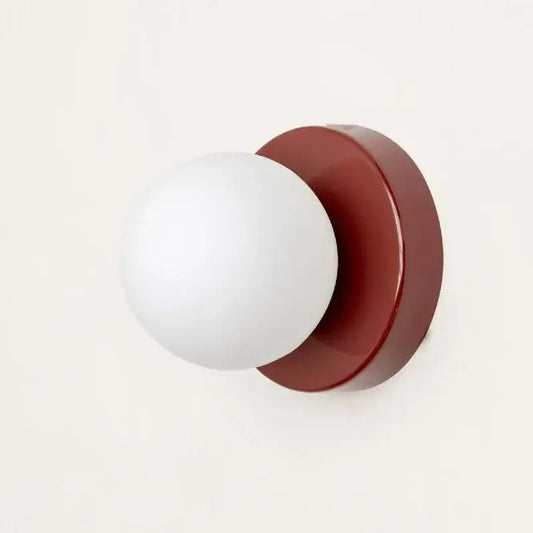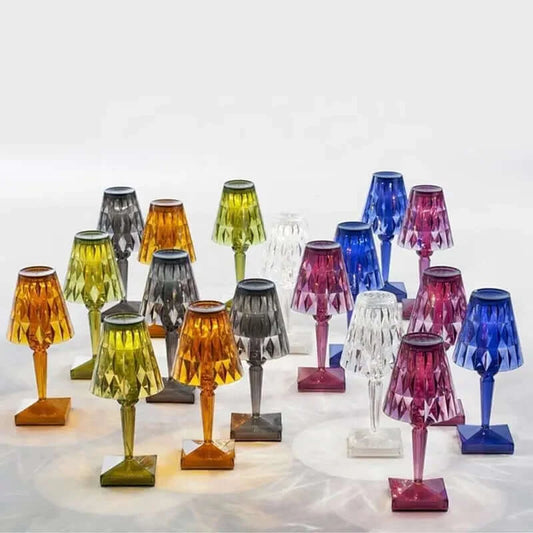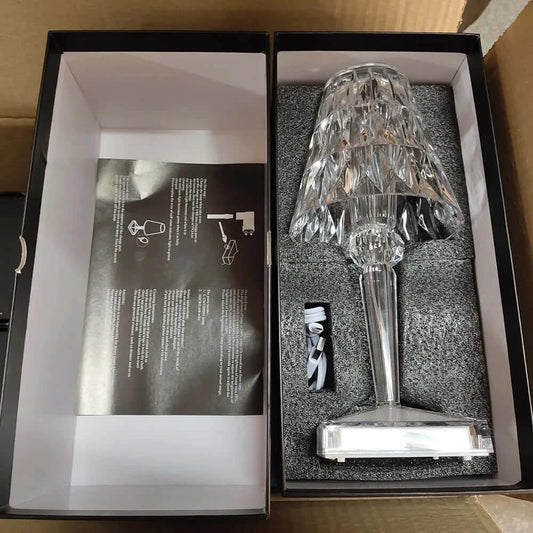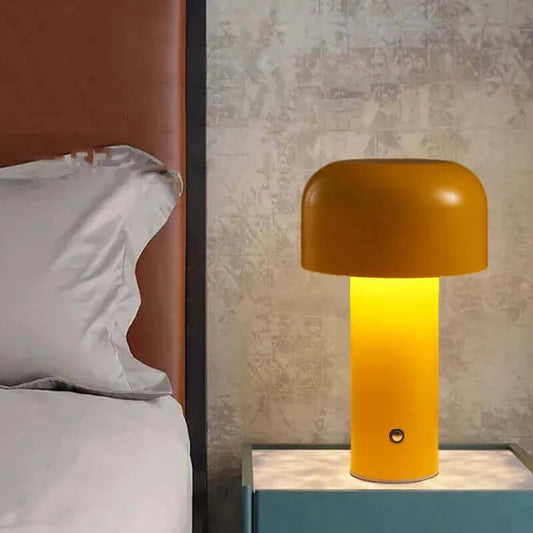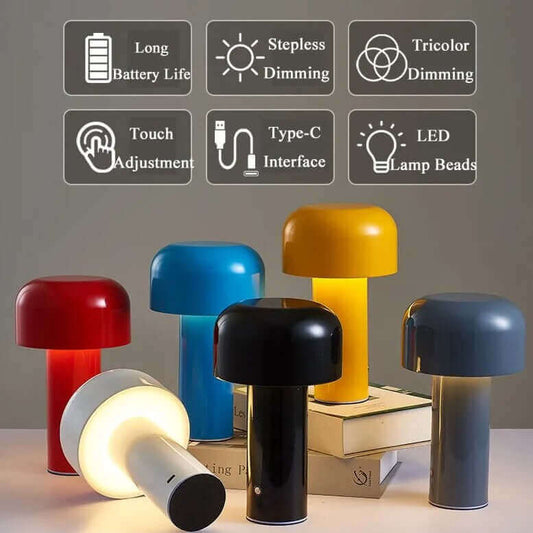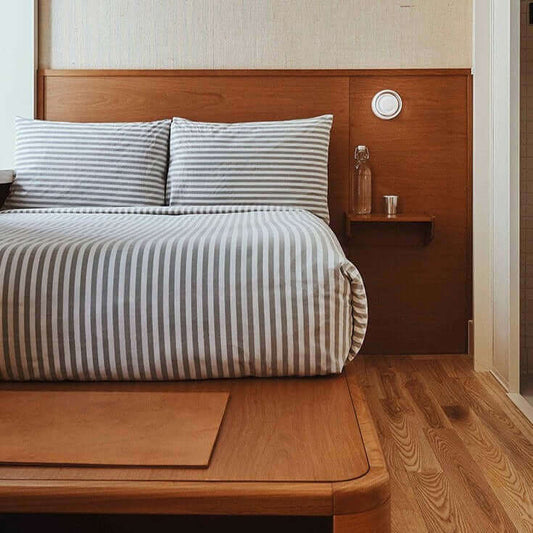Mid-century modern is a design style that emerged in the middle of the 20th century, roughly between 1933 and 1965. It is characterized by clean lines, minimal ornamentation, and a focus on functionality. The style was popularized by architects and designers such as Le Corbusier, Ludwig Mies van der Rohe, and Eero Saarinen, who sought to create a new aesthetic that was reflective of the technological advancements and social changes of the time.
The "machine aesthetic" of mid-century modern design was not just an aesthetic choice but also a reflection of the societal and cultural changes of the time. The post-World War II era was marked by rapid technological advancements and industrial growth, which led to a fascination with the sleek, efficient look of machinery. The focus on the machine aesthetic was also influenced by the principles of the Bauhaus movement, which emphasized the combination of art and technology.
The machine aesthetic was not limited to buildings and furniture design. It also influenced other aspects of mid-century modern design, such as product design, graphic design, and even fashion. The use of clean lines, geometric shapes, and minimalist design principles can be seen in many mid-century modern products, from radios to kitchen appliances.
In addition to the machine aesthetic, mid-century modern design also emphasized the use of new materials and technologies. The use of materials such as plywood, fiberglass, and plastics allowed for new forms and shapes to be created, and the incorporation of new technologies such as molded plastic and wire furniture allowed for greater efficiency in production and increased affordability.
Many iconic mid-century modern designs, such as the Eames Lounge Chair and the Saarinen Tulip Table, are still popular today and have become timeless classics. These designs are prized for their clean lines, functionality, and use of natural materials, and they continue to be influential in contemporary design.
Another important premise of mid-century modern design is the idea of "form follows function." This principle holds that the form of an object should be determined by its intended function. In other words, the design of an object should be based on what it is supposed to do, rather than on its aesthetic appearance. This principle is reflected in the clean lines and minimal ornamentation of mid-century modern design, which allows the function of an object to be easily understood.
The use of new materials and technologies was also an important aspect of mid-century modern design. Architects and designers of the time experimented with new materials such as steel, glass, and concrete, which allowed them to create buildings and objects with a sleek and modern look. They also embraced new technologies such as prefabrication, which allowed them to build structures quickly and efficiently.
Mid-century modern design is often associated with the idea of "form follows function," which is the belief that the design of an object or space should be primarily driven by its intended function or purpose. This is why mid-century modern furniture is often sleek and utilitarian, with a focus on practicality and functionality. The lack of ornamentation is not just a matter of aesthetics, but also reflects the practical and functional nature of the design.
In addition to the use of natural materials, such as wood and stone, mid-century modern design also makes use of new materials and manufacturing techniques that emerged in the post-World War II era. These materials, such as fiberglass and plastics, allowed for new forms and shapes to be created, and opened up new possibilities for furniture and product design. One of the most iconic examples of mid-century modern design that uses these new materials is the Eames Lounge Chair, designed by Charles and Ray Eames in 1956. This chair, with its molded plywood shell and leather upholstery, is now considered a classic of mid-century modern design.
The emphasis on minimalism and functionality in mid-century modern design also extends to the layout and design of living spaces. Open floor plans and large windows that blur the boundaries between indoor and outdoor spaces are common features of mid-century modern homes. This design approach sought to create a sense of spaciousness, and to bring nature and the outdoors into the home.
Mid-century modern design was also heavily influenced by the rise of the automobile and the suburbs in the post-World War II era. The style emphasized mobility and flexibility, and sought to create furniture and living spaces that were easily adaptable to different needs and uses. This is reflected in the modular and flexible design of mid-century modern furniture, such as bookshelves that can be reconfigured and rearranged to suit changing needs.
Mid-century modern design had a profound impact on furniture design and is often associated with iconic furniture pieces that remain popular today. One of the most well-known designers of mid-century modern furniture is Charles and Ray Eames, who created many pieces that have become classics of the genre. Their furniture designs were characterized by clean lines and a focus on functionality, with an emphasis on using new materials and technology to create pieces that were both comfortable and stylish.
One of the Eames' most famous pieces is the Lounge Chair, which was designed in 1956 and remains popular to this day. The chair features a molded plywood frame with leather upholstery, and its combination of comfort and elegance has made it an enduring classic. Another iconic Eames piece is the Eames Chair, a simple yet striking chair that is made from molded plastic and has become an icon of mid-century modern design.
Another important designer of mid-century modern furniture is Hans Wegner, who is known for his focus on craftsmanship and his use of natural materials such as wood and leather. Wegner's designs often featured clean, simple lines and organic shapes, and his furniture is renowned for its comfort and durability. Some of Wegner's most iconic pieces include the Wishbone Chair, a minimalist wooden chair with a curved backrest, and the Shell Chair, a sculptural lounge chair with a distinctive, curved seat.
Another notable mid-century modern designer is George Nelson, who was a key figure in the development of the modernist movement in America. Nelson's furniture designs often featured playful, sculptural forms that were both functional and aesthetically pleasing. One of Nelson's most famous pieces is the Marshmallow Sofa, a colorful and whimsical sofa that is made up of a series of round, cushioned discs.
Finally, Harry Bertoia was another important mid-century modern furniture designer whose work is still highly sought after today. Bertoia's furniture designs often featured simple, linear forms and were made from materials such as steel and wire mesh. One of his most iconic pieces is the Bertoia Diamond Chair, a sculptural wire chair with a distinctive diamond-shaped form.
In conclusion, mid-century modern design was a response to the technological advancements and social changes of the mid-20th century. It was characterized by a machine aesthetic, form follows function principle, use of new materials and technologies, minimalism, and functional furniture design. It's a style that continues to inspire architects, designers and enthusiasts alike.
Nauradika.com has a nice collection of Mid-Century Modern object you should explore to decorate your home.
Learn more by reading our “Enhancing Your Living Space: The Importance of Interior Design” article.



